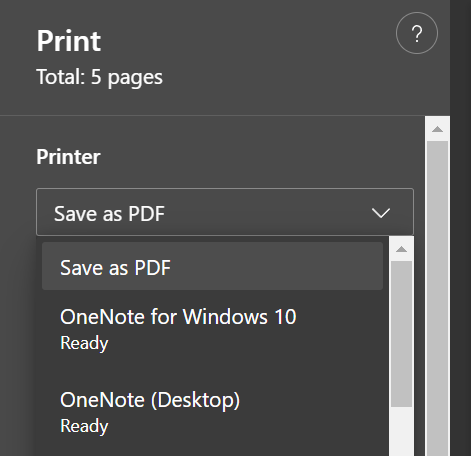Early Warning Systems (EWS)
Flood Early Warning System
Climate Adaptation Effectiveness
In order to reduce damages and casualties, the LGU of Guagua, Leyte performs round the clock monitoring during the wet season using a rain gauge installed at the roof of their municipal building. The rain gauge would send a flood alert signal if the rainfall rate becomes 80-100 mm per second then the information is disseminated to the community. The citizens then respond by doing the suggested evacuation procedure or preventive measures [1]. The flood early warning system is also effective in mitigating problems that could arise from flooding such as ground subsidence [3].
Climate Hazards
- Rain-Induced Flooding
- Tropical Cyclone
Locations
- Guagua, Pampanga, Region III (Central Luzon)
Adaptation Sectors
- Disaster Risk Reduction
- Urban
CCET Instuments
- Action Delivery
- Knowledge and Capacity Development
Target Group based on Vulnerability
Basic Sectors:
- Businesses
- Children
- Formal Labor and Migrant Workers
- Indigenous Peoples
- Persons with Disabilities
- Senior Citizens
- Urban Poor
- Women
- Workers in the Informal Sector
- Youth and Students
Evaluations
Economic / Financial Effectiveness
The initial cost of the early warning system (EWS) is Php 2,000,000. This includes the equipment, automated weather system, and water level monitoring system along with the installation, technician training, and construction of the monitoring and information dissemination office. Aside from the initial 2,000,000 PhP, there is the addition of an annual operating cost of PhP 1,700,000 [1].
Technical Feasibility
The Guagua EWS consisted of three components: the measurement of rainfall through the rain water gauge, alerts from the flood warning system for critical values, and information dissemination to the community. The Guagua EWS was well coordinated with other sectors and had clear procedures, making the system effective [3].
Social Acceptability
Less damages during heavy rainfall suggests that the EWS is greatly valued by the LGU and the community.
Environmental Impact
There is no direct environmental impact for this solution.
Mitigation co-benefit
There is no direct mitigation co-benefit for this solution.
Keywords
early warning system, flood warning system, flood early warning system, rain gauge, information dissemination, reduce losses, protect lives and properties, flood
References
